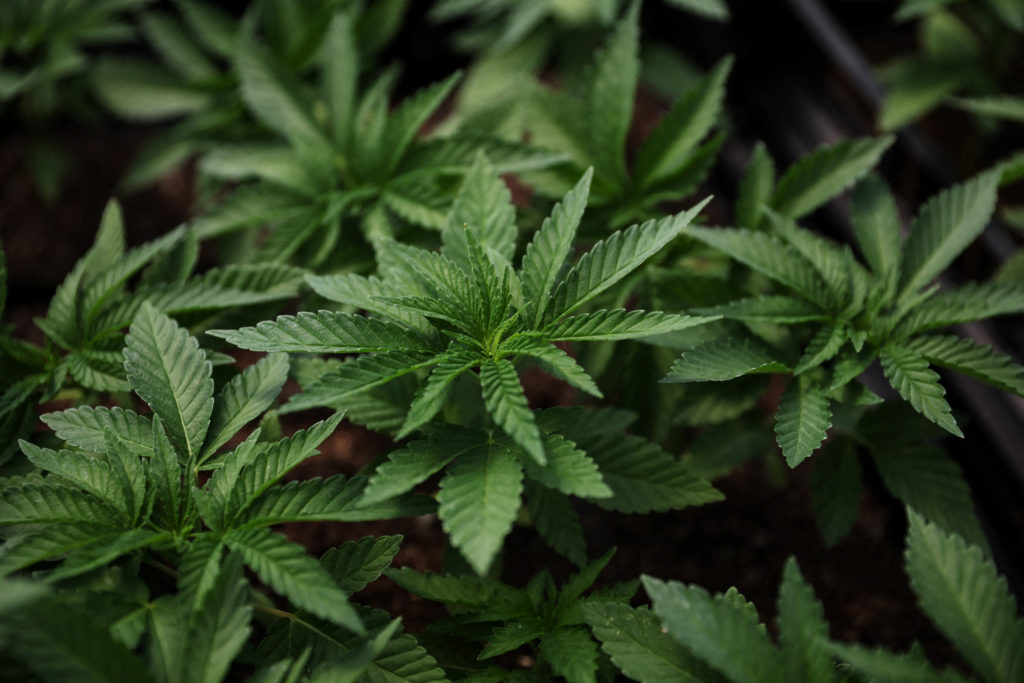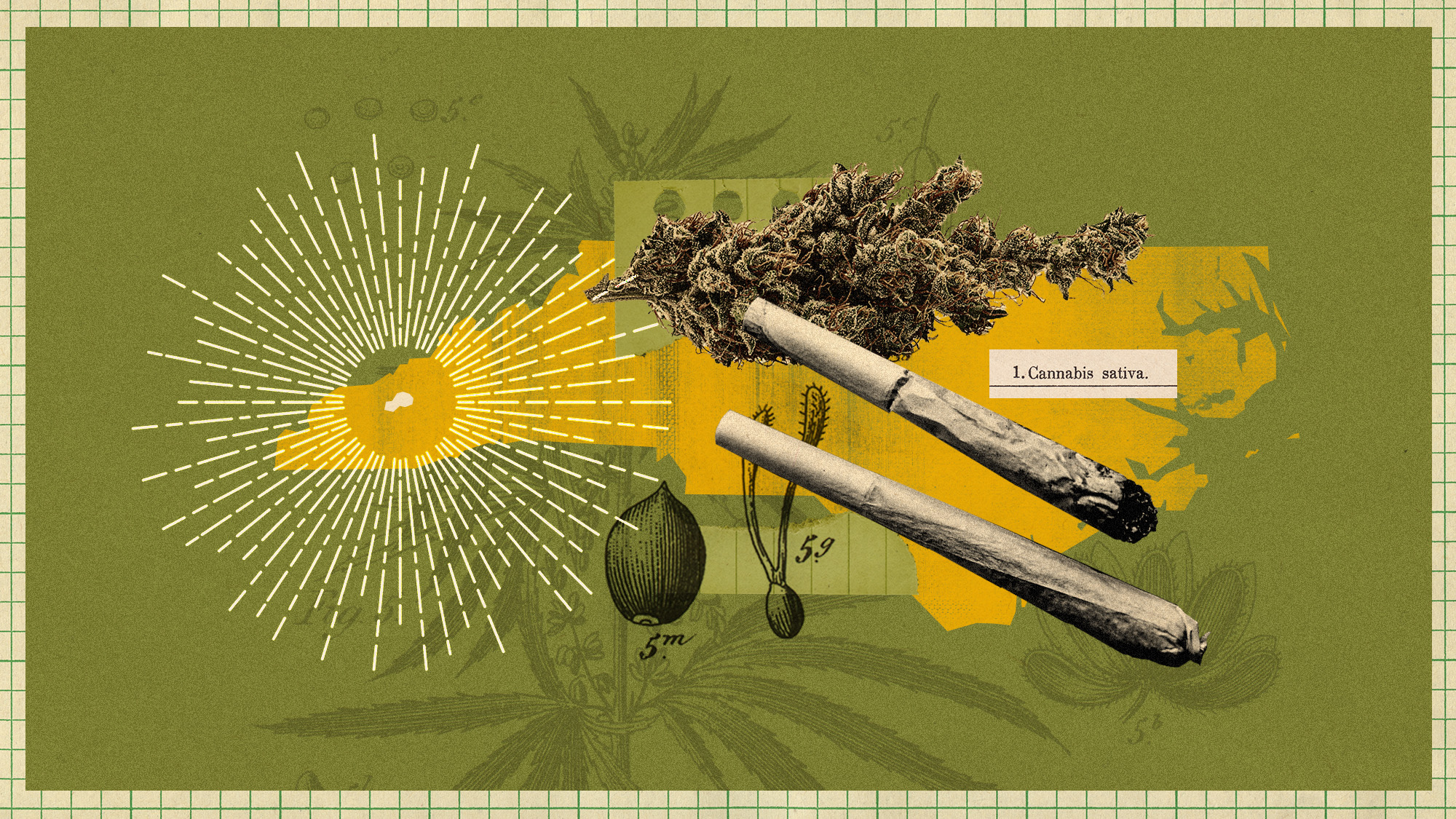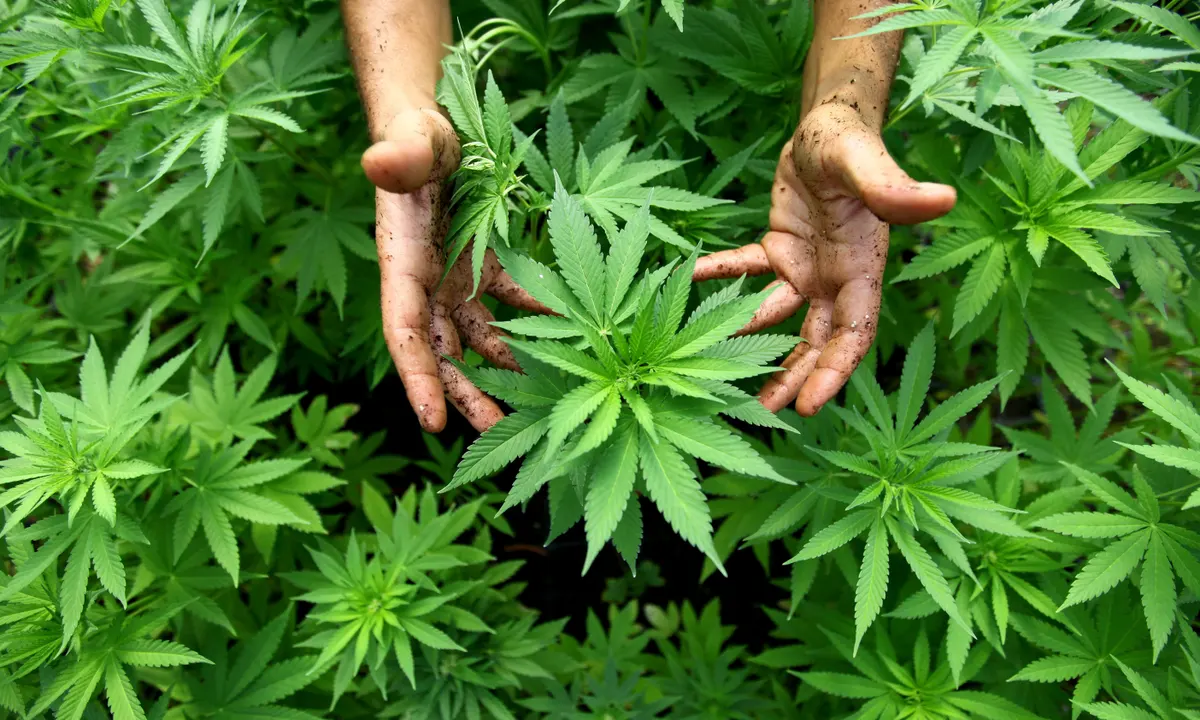In recent years, the landscape surrounding cannabis has undergone significant transformation, with legalization efforts gaining momentum across various parts of the globe. One of the key platforms at the forefront of chronicling these developments is Marijuana Moment. This digital publication has carved out a niche for itself by providing timely and insightful coverage of cannabis-related news, policy changes, and cultural shifts.
History and Mission
Founded by journalist Tom Angell in 2015, Marijuana Moment began as a newsletter aimed at keeping subscribers informed about marijuana policy developments in the United States. Over time, it has evolved into a respected online news source known for its in-depth reporting and analysis on all aspects of the cannabis industry. The publication’s mission is rooted in transparency, accuracy, and advocacy for sensible cannabis policies.
Coverage Areas
Marijuana Moment covers a wide array of topics related to cannabis:
- Legislation and Policy: The publication closely monitors legislative developments at both the state and federal levels in the United States, tracking bills, regulations, and political trends that impact the cannabis industry.
- Industry Trends: It provides insights into the business side of cannabis, including market trends, investments, mergers, and acquisitions within the rapidly growing sector.
- Social and Legal Issues: Marijuana Moment explores the social implications of cannabis legalization, discussing topics such as social equity, criminal justice reform, and public health concerns associated with marijuana use.
- International Developments: Beyond the United States, the publication also covers global cannabis news, including legalization efforts, regulatory changes, and cultural shifts in other countries.
- Advocacy and Activism: Recognizing the role of advocacy in shaping cannabis policy, Marijuana Moment features stories about grassroots activism, advocacy organizations, and efforts to expand access to medical and recreational cannabis.
Format and Accessibility
Marijuana Moment delivers its content primarily through its website, where readers can access articles, analysis pieces, op-eds, and newsletters. The publication’s website is designed to be user-friendly, allowing visitors to navigate through various categories and search for specific topics of interest. Additionally, Marijuana Moment maintains active social media presence, engaging with its audience on platforms like Twitter and Facebook to amplify its reporting and foster community discussion.
Impact and Influence
Over the years, Marijuana Moment has become a go-to source for policymakers, industry professionals, advocates, and the general public seeking reliable information about cannabis. Its reporting often influences public discourse and legislative debates, helping to shape the evolving legal and social landscape of marijuana.
Conclusion
As cannabis legalization continues to gain traction worldwide, Marijuana Moment remains committed to providing accurate, timely, and insightful coverage of this dynamic industry. Whether you’re a policymaker, business leader, advocate, or curious observer, Marijuana Moment serves as a vital resource for understanding the past, present, and future of cannabis legalization and its broader societal impacts.


 Marketing5 months ago
Marketing5 months ago
 News5 months ago
News5 months ago
 THC5 months ago
THC5 months ago
 Marketing4 months ago
Marketing4 months ago
 News4 months ago
News4 months ago
 News1 month ago
News1 month ago
 News4 weeks ago
News4 weeks ago
 Health4 months ago
Health4 months ago

